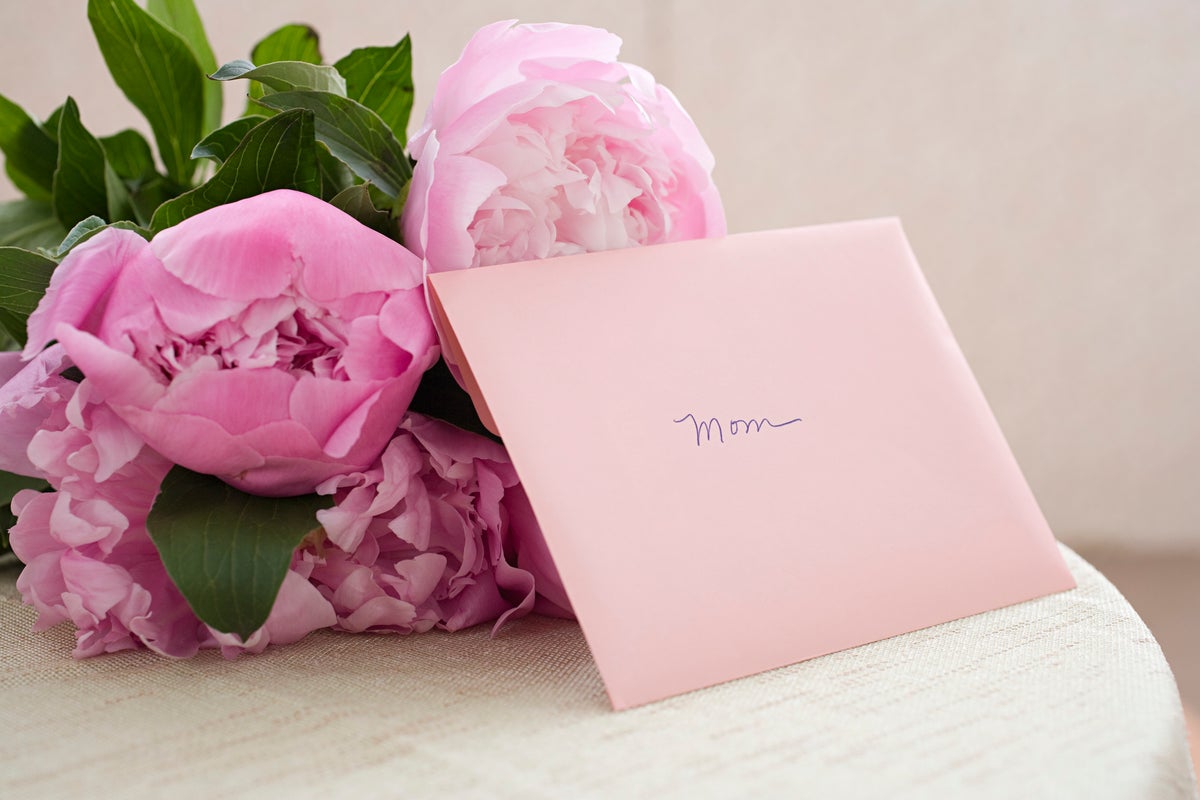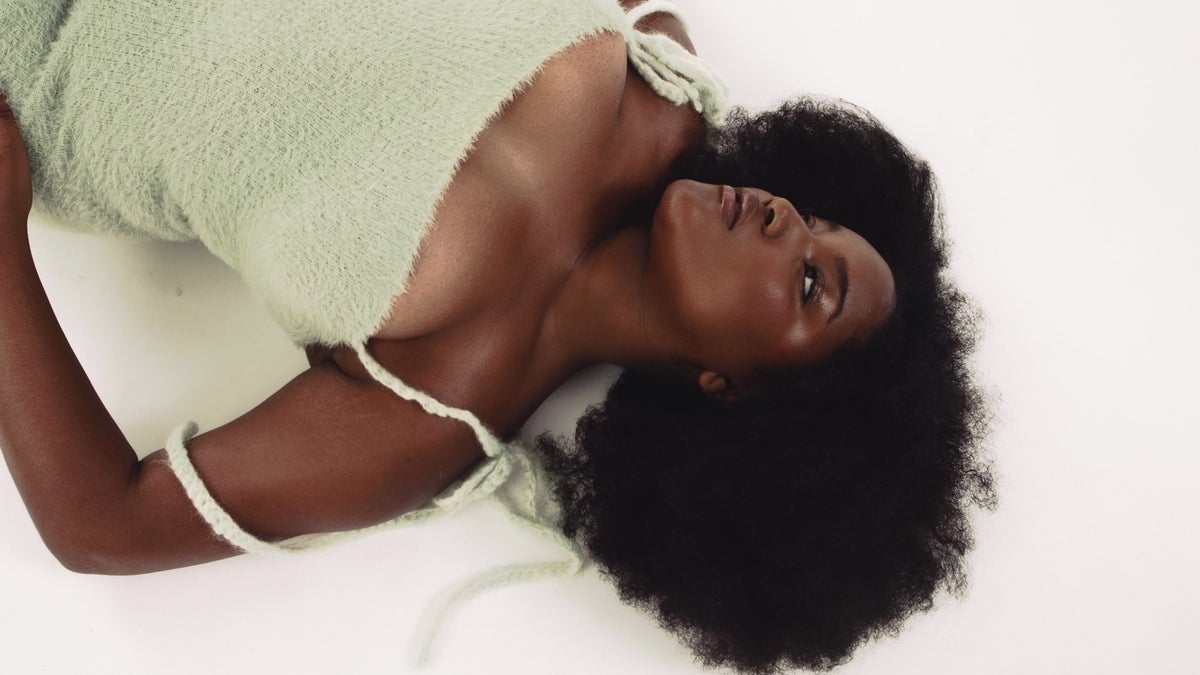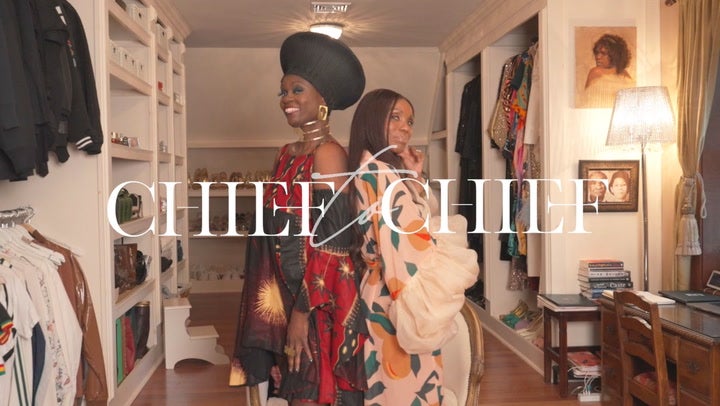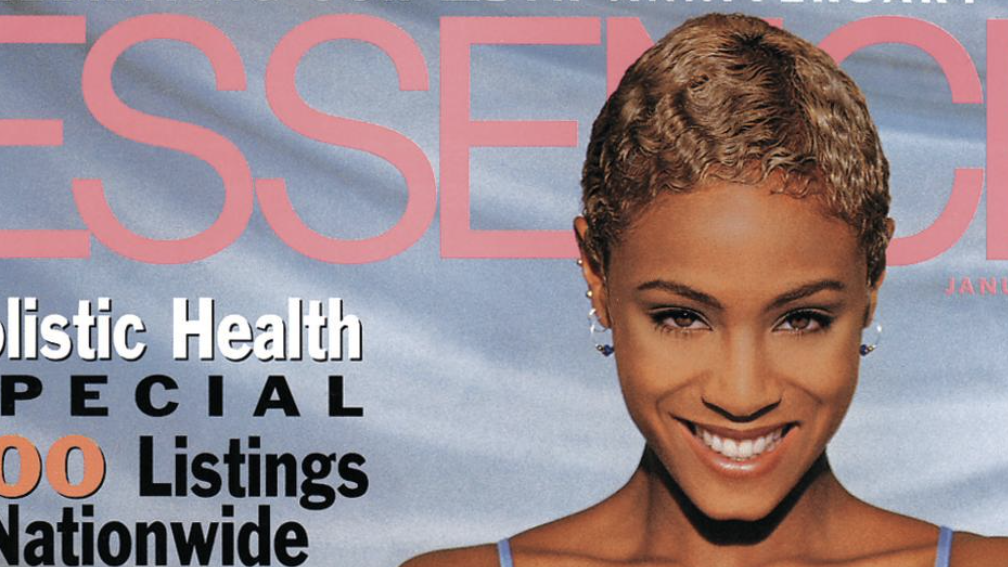
The 90s marked a completely new era for ESSENCE. Leaving behind the economic downturn and turmoil of the 80s, the 1990s brought forth a brand new landscape. The emergence of technology and the Internet meant more innovation for Black people in the realms of beauty, entertainment and success.
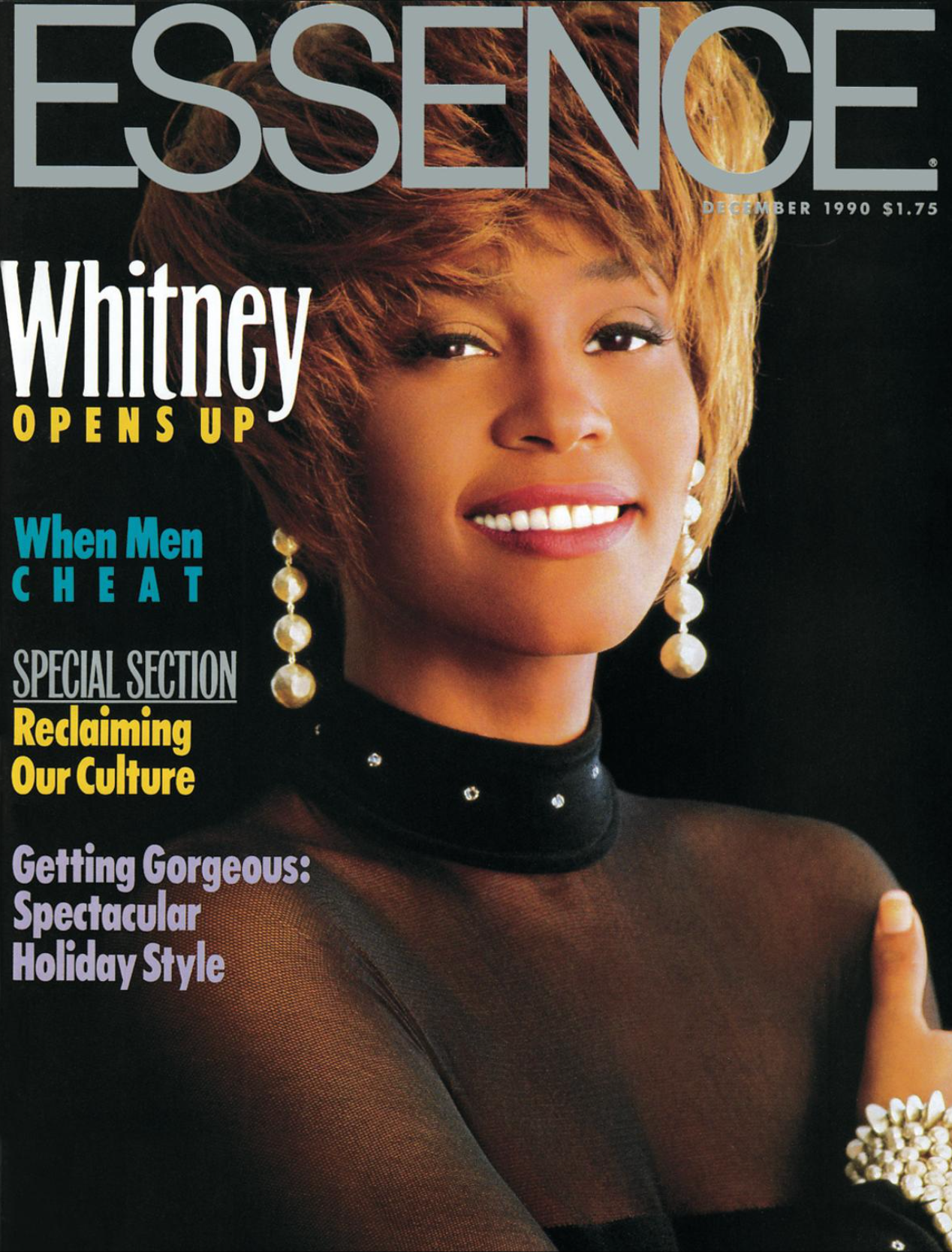
In December of 1990, the iconic magazine ESSENCE featured one of the greatest voices in musical history, the legendary Whitney Houston on its cover. Houston’s appearance on the cover of ESSENCE marked a significant moment in both her career and the magazine’s history. At the time, Houston was undoubtedly one of the most prominent and influential figures in the entertainment industry.
This cover feature came only a month after the release of Houston’s highly anticipated album, I’m Your Baby Tonight, which was released by Arista Records. The album showcased Houston’s exceptional vocal range and versatility, as she seamlessly blended various musical genres, including pop, R&B, and soul. The title track, “I’m Your Baby Tonight,” was one of the standout singles from the album.
Fast forward to today, and the impact of both Houston and her album I’m Your Baby Tonight continues to reverberate through popular culture. The Recording Industry Association of America (RIAA) has certified the album as quadruple platinum in the United States. Her cover was one of the four she would have as an ESSENCE cover star.
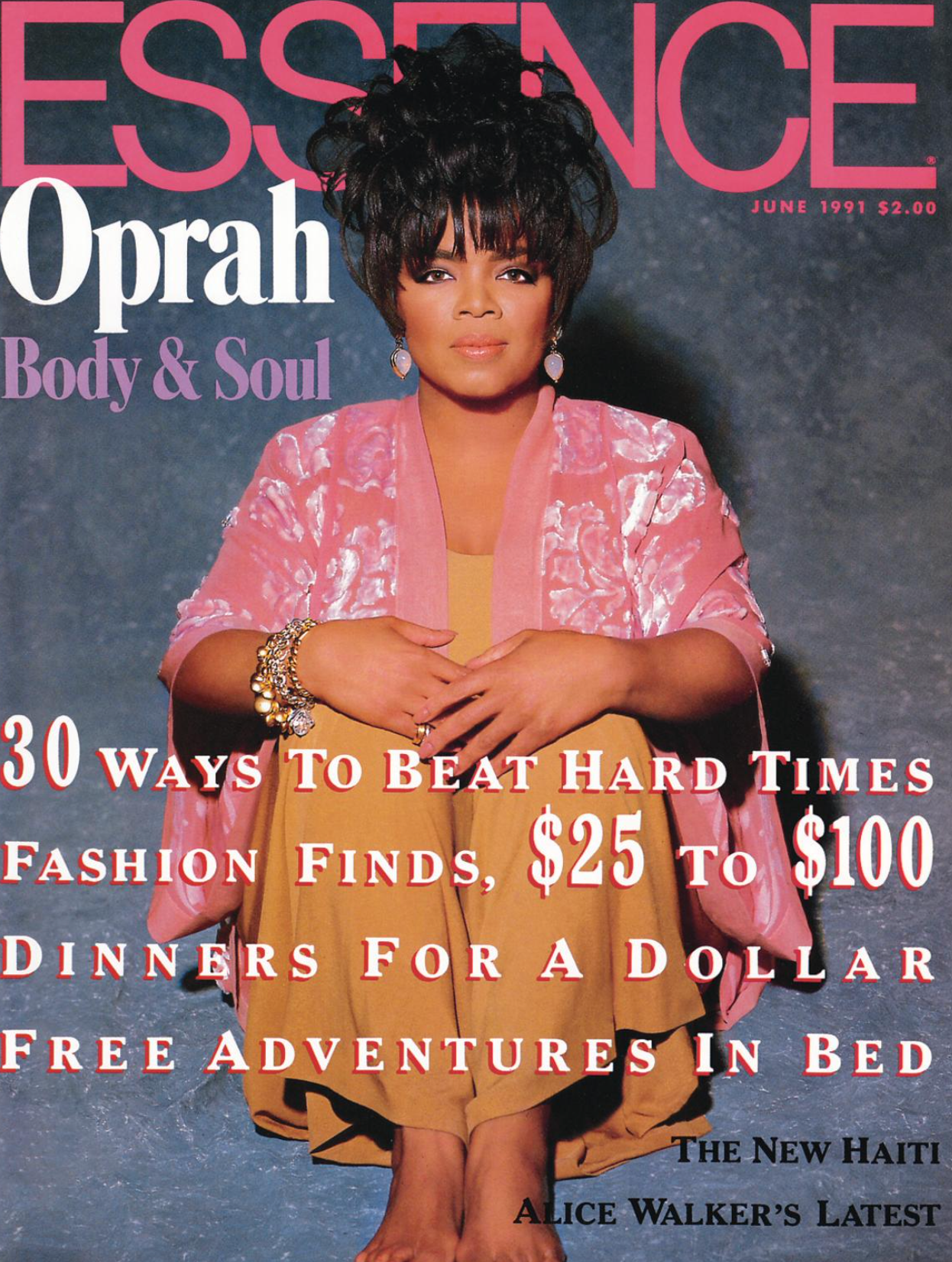
The following year, in June, the magazine featured Oprah Winfrey on its cover—an event that underscored Winfrey’s status as a trailblazer and influential media personality. By this point, Oprah had already solidified her place as a powerhouse in the entertainment industry.
At the time of her ESSENCE cover feature, Oprah’s talk show, The Oprah Winfrey Show, had already achieved national syndication. This was a monumental accomplishment for a Black woman that highlighted the show’s popularity. The show, which debuted in 1986, quickly gained a massive following due to Oprah’s unique ability to connect with her audience and engage in meaningful conversations.
Her approach to interviewing guests and discussing subjects was characterized by empathy, authenticity, and a genuine desire to make a positive impact. Oprah’s presence on the cover symbolized the immense strides she had made as a media mogul and her ability to transcend boundaries and inspire audiences of all backgrounds.
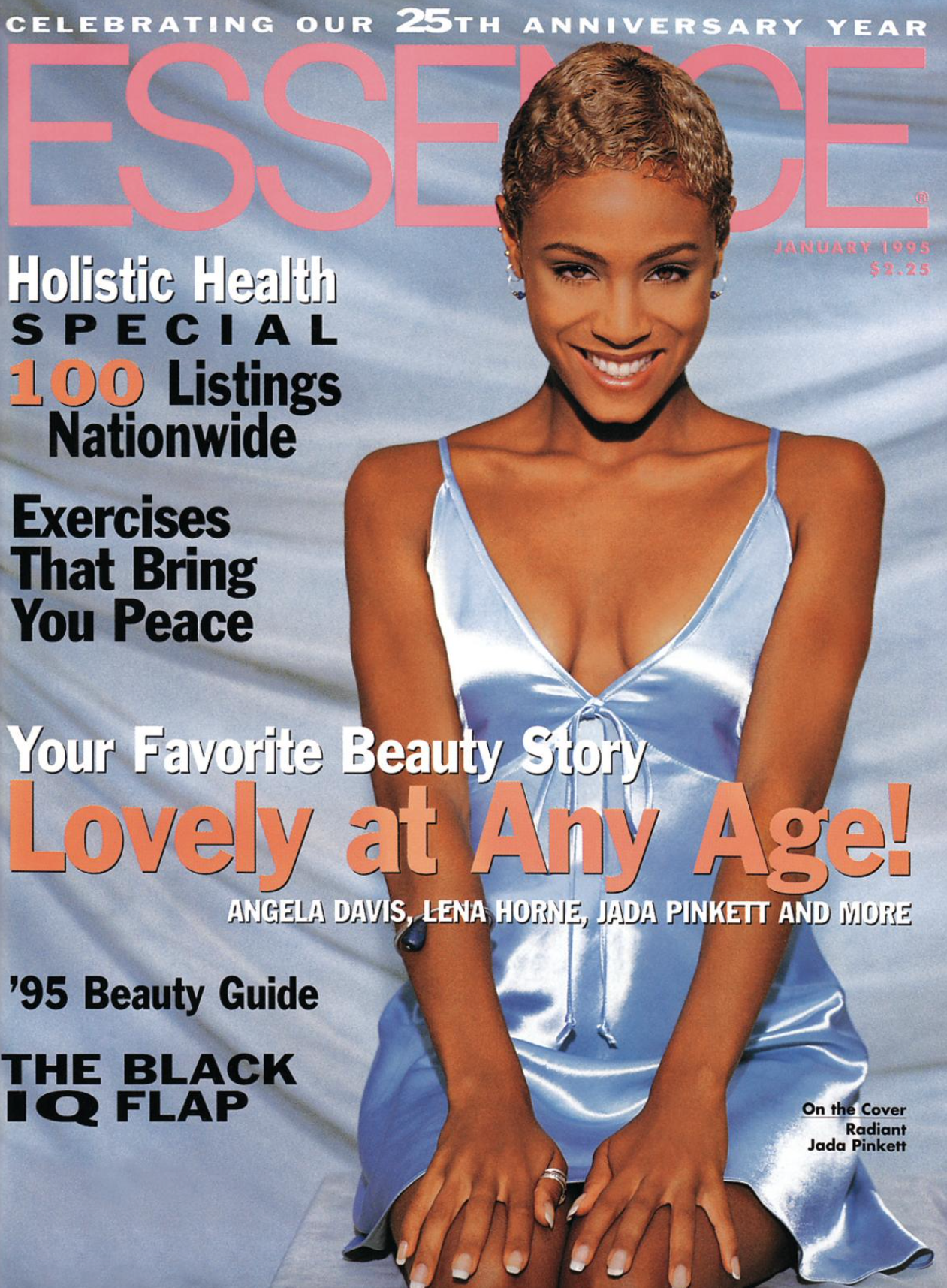
In January 1995, ESSENCE featured the talented Jada Pinkett on its cover—an event that marked an important juncture in her burgeoning career. This particular moment arrived during a significant phase for Pinkett, as she was on the cusp of a breakthrough in the entertainment industry.
In that very year, Pinkett landed the role of a college freshman on the television sitcom A Different World, which first premiered in 1987. This was a huge opportunity for Pinkett, as the show was a spin-off of the highly acclaimed The Cosby Show and carried the legacy of its predecessor.
A Different World was groundbreaking in its own right, addressing important social and cultural issues while providing a platform for different African-American perspectives and experiences. As a part of the ensemble cast, Pinkett’s portrayal of her character not only showcased her acting skills but also aligned with the show’s themes of education, personal growth, and societal challenges. This role allowed her to connect with audiences on a deeper level and establish her presence in the world of television.
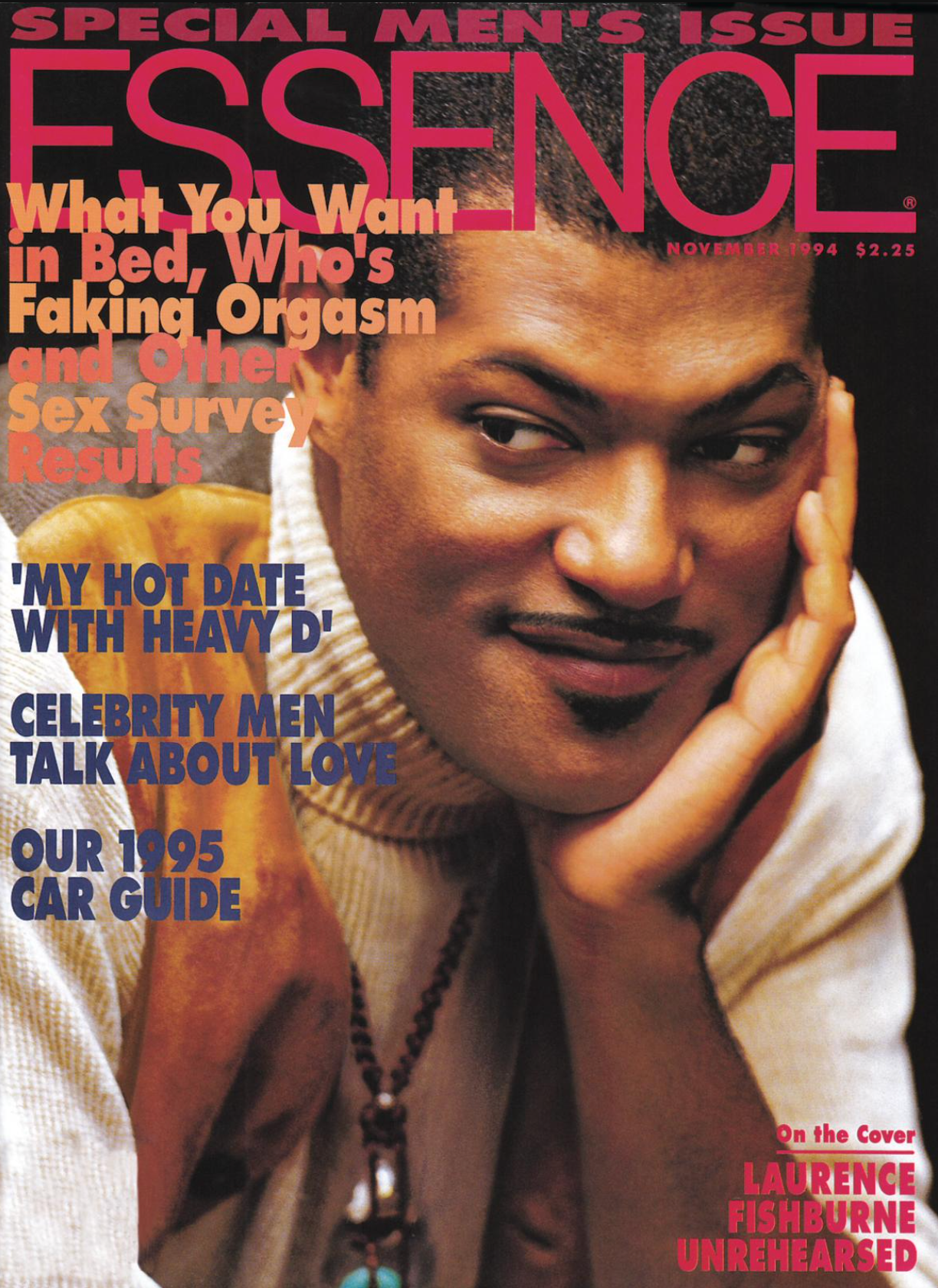
In November 1994, ESSENCE magazine made a departure from its usual focus by releasing a special men’s issue, and featured actor Laurence Fishburne on the cover. This marked a distinct recognition of Fishburne’s significance in the entertainment industry, particularly due to his exceptional performance in the biographical film What’s Love Got to Do with It, released the year prior, in 1993.
Fishburne’s portrayal of Ike Turner in What’s Love Got to Do with It, had garnered widespread acclaim. His portrayal, alongside Angela Bassett as Tina, was a testament to his acting prowess and his ability to inhabit a role with depth and nuance.
By gracing the cover of ESSENCE’s special men’s issue, Fishburne’s image conveyed his status as a respected actor, within the entertainment industry. His appearance served to highlight the magazine’s recognition of his significant contribution to African-American cinema and culture.
The subsequent year, 1995, proved to be just as significant for Fishburne. He continued to make his mark through a series of socially relevant films. Higher Learning, a film directed by John Singleton, tackled issues of race, identity, and campus life, making it particularly relevant in the context of ongoing societal discussions. His involvement in The Tuskegee Airmen was another noteworthy endeavor. The film depicted the true story of African-American pilots who fought in World War II, highlighting their struggle against racial prejudice and their contribution to the war effort.
Fishburne’s diverse roles across these films showcased his versatility as an actor and his desire to contribute to meaningful storytelling. By participating in such projects, Fishburne demonstrated his dedication to shedding light on stories that often went untold in mainstream cinema.
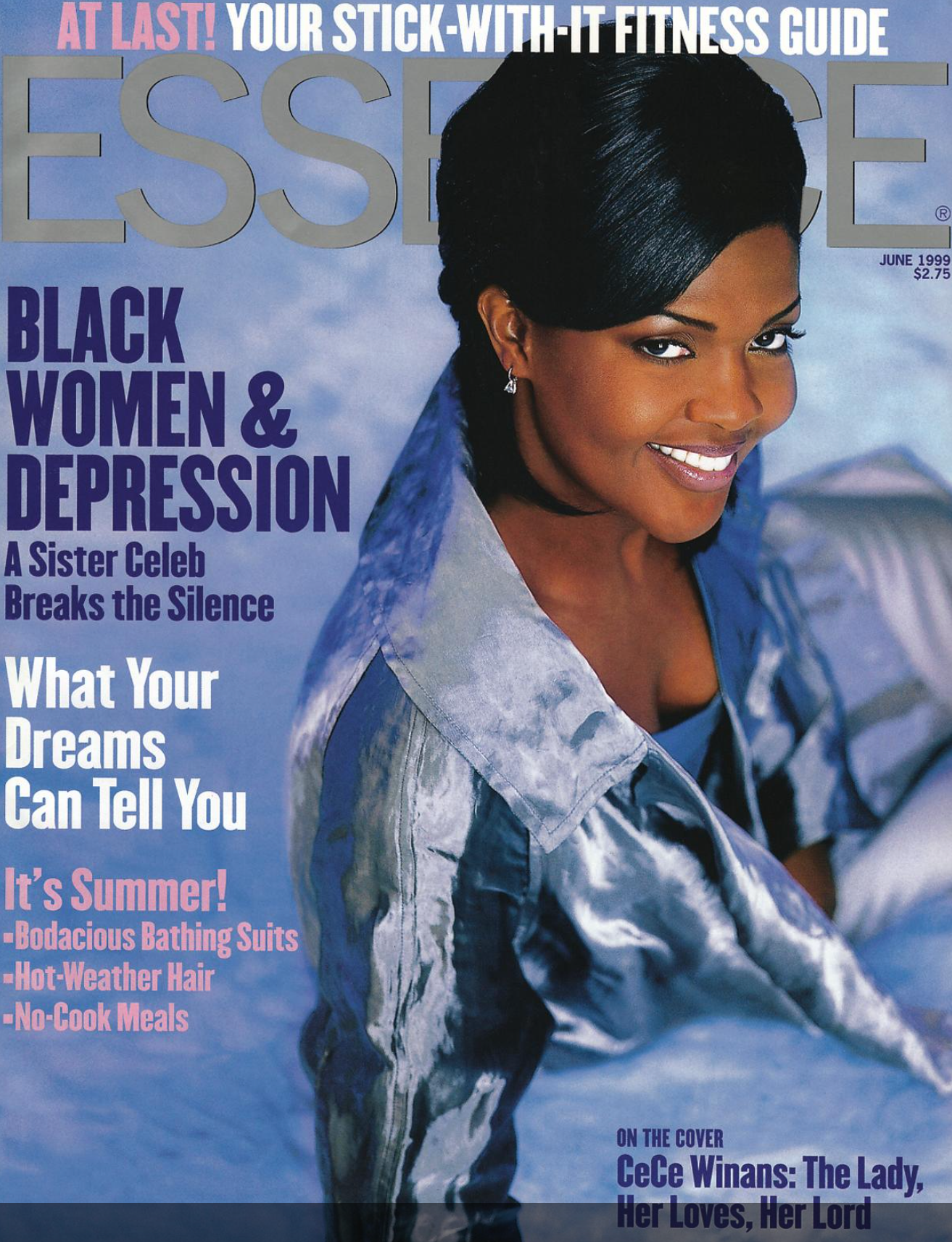
Closing out the decade of the 1990s ESSENCE magazine featured the esteemed gospel songstress CeCe Winans on its cover in June 1999. This cover feature marked a significant moment not only for Winans but also for the gospel music genre and the cultural landscape of the time.
In 1999, Winans was already a well-established figure in the music industry, known for her powerful and soul-stirring gospel vocals. Her music transcended traditional genre boundaries, reaching audiences far beyond the gospel community. During that same year, Winans released her fourth studio album, Alabaster Box. The album’s title track became particularly popular and resonated with listeners due to its poignant lyrics.
The album’s themes of redemption, worship, and personal transformation resonated with a wide range of listeners, regardless of their religious background. Winans’ ability to evoke emotions through her soulful voice and her commitment to delivering a message of hope and inspiration set her apart as a truly exceptional artist.
The ESSENCE cover feature in June 1999 not only celebrated Winans’ musical achievements but also highlighted her influence as a woman of faith. The choice of Winans as a cover star represented ESSENCE magazine’s commitment to celebrating diverse voices and talents within the African-American community. Her presence on the cover showcased the magazine’s dedication to highlighting individuals who made significant contributions to various aspects of culture, from entertainment to spirituality. The cover feature served as a fitting tribute to a decade of cultural evolution and innovation, as well as a transition into a new millennium.



